March 6 - July 7, 2024

The Greenwich Historical Society is pleased to present LIFE: Six Women Photographers, featuring the work of six prominent women photographers whose iconic work for LIFE magazine helped create modern photojournalism as it depicted a quickly-evolving world. On view March 6-July 7, 2024, the exhibition features more than 70 images by Margaret Bourke-White (1904-1971), Marie Hansen (1918-1969), Martha Holmes (1923-2006), Lisa Larsen (ca. 1925-1959), Nina Leen (ca. 1909-1995) and Hansel Mieth (1909-1998)—the only women employed as full-time photographers by LIFE between the late 1930s and the early 1970s.

LIFE founder and Editor-in-chief Henry R. Luce (1898-1967), a long-time Greenwich resident, was convinced that American political, economic, and cultural power would, and should, dominate the era he defined as the “American Century.” Photojournalism, or “photo essays” as he coined them, could effectively shape an authentically American vision of the United States an international power, inspiring its people, in Luce’s words, “to live and work and fight with vigor and enthusiasm.” For decades, Americans saw the world through the lens of the photographers at LIFE, the first magazine in the United States to tell stories with images rather than text. These innovative photo essays became the trademark of the publication.
LIFE: Six Women Photographers provides context to this unique storytelling format through published and unpublished photographs, including vintage prints, copy prints, and contact sheets. Taken together with select items from the Time Inc. records, the photographs show the editing process behind the final, published stories that helped define the United States as a world power.
LIFE: Six Women Photographers has been organized by the New-York Historical Society.
Upcoming Events
LIFE: Six Women Photographers will be accompanied by a series of exhibition related programs and events.
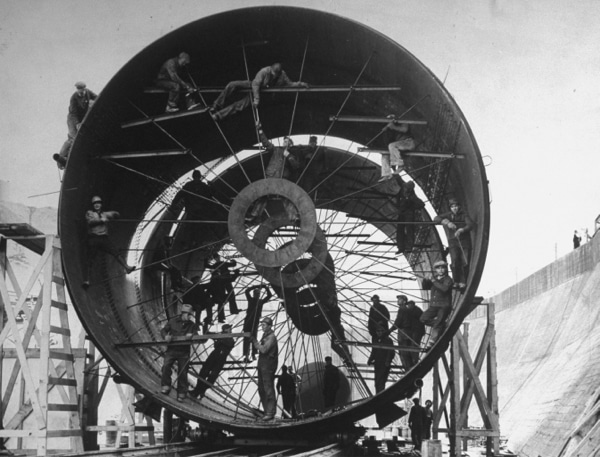
Margaret Bourke-White
Bronx-born Margaret Bourke-White (1904-1971), worked as a photographer while studying at Columbia University, then opened her own photography studio in Cleveland in 1927. Two years later, Henry Luce hired her to produce photographs for Fortune, and in 1936, he brought her on as one of the first four staff photographers at LIFE.
For Bourke-White’s first assignment for the magazine’s inaugural issue in 1936, she photographed construction of the world’s largest earth-filled dam at Fort Peck, Montana. Her formally striking photographs of the dam under construction became famous, but her photos of families of construction workers and local nightlife put a human face on a massive public works program (“Franklin Roosevelt’s Wild West,” LIFE, November 23, 1936).
Marie Hansen
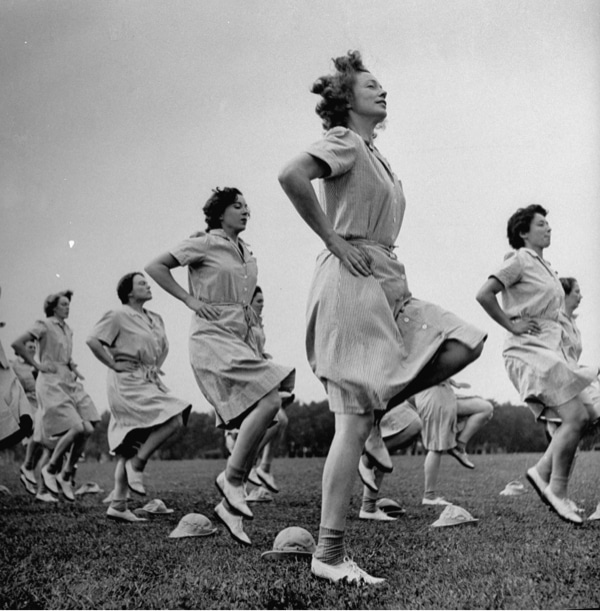
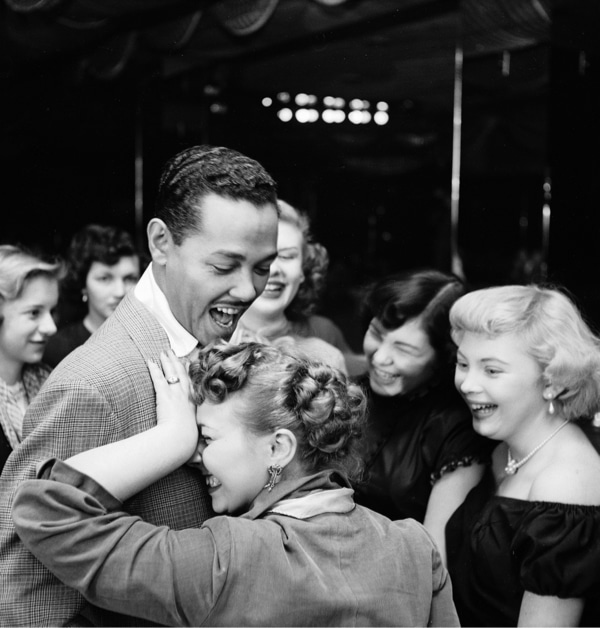
Martha Holmes
Kentucky-born Martha Holmes (1923–2006) began photographing for LIFE in 1944, and excelled at creating intimate portraits of Hollywood personalities such as Lauren Bacall, Humphrey Bogart, and Judy Garland. On view in the exhibition are Holmes’s 1950 photographs of mixed-race singer Billy Eckstine, including one of Eckstine being embraced by a white fan—a provocative image that Holmes felt was one of her best because it “told just what the world should be like.” Luce told her to “Run it.” The story drew vicious letters from the public, and the fallout damaged Eckstine’s career (“Mr. B.,” LIFE, April 24, 1950).
Lisa Larsen
Lisa Larsen (ca. 1925–1959) fled Nazi Germany in 1938 after Kristallnacht and came to the U.S., where she worked as a photographer for major publications such as Glamour, Vogue, Parade, and the New York Times. LIFE began publishing her images in 1944, and by 1948, she worked almost exclusively for the magazine, with assignments including the John F. Kennedy–Jacqueline Bouvier wedding. At the height of the Cold War in 1956, LIFE sent Larsen to document the Kremlin visit of Yugoslavia’s President Josip Broz (known as Tito), who came at the invitation of Nikita Khrushchev, General Secretary of the Communist Party of the Soviet Union. On view in the exhibition, Larsen’s published photographs emphasize the official pomp of the occasion while unused images reveal her eye for capturing the intense Soviet effort to put on a good show. (“Tito as Soviet
Hero, How Times Have Changed!” LIFE, June 25, 1956).
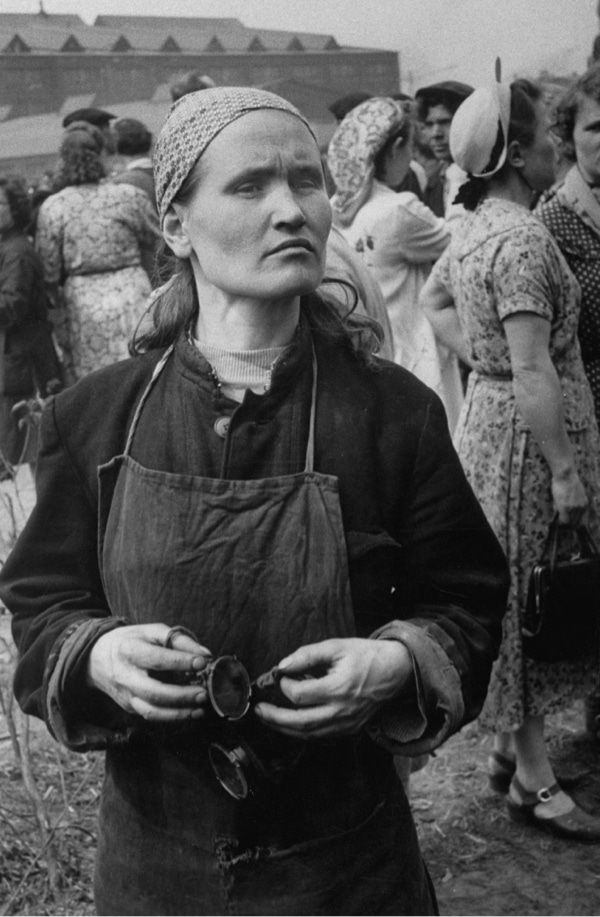
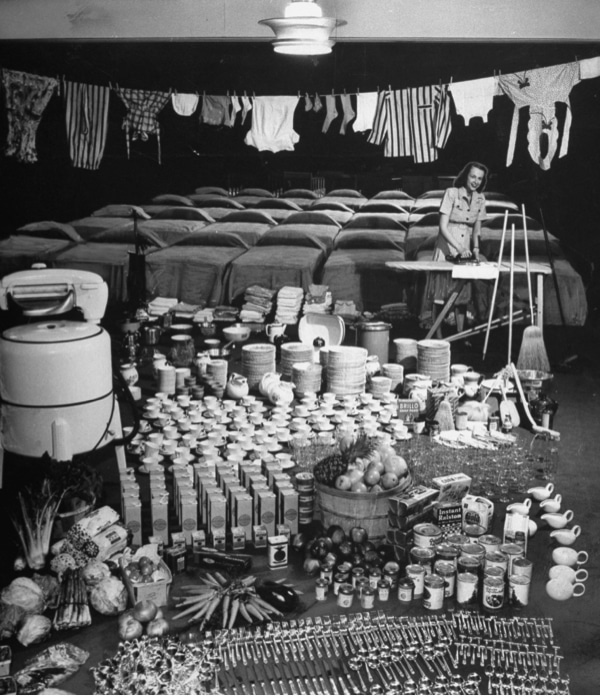
Nina Leen
Born in Russia, Nina Leen (ca. 1909–1995) lived in Europe before immigrating to New York City in 1939. LIFE first published her work in 1940, and she continued to photograph for the magazine until it stopped publishing in 1972. Thousands of Leen’s images were printed in LIFE over nearly three decades, depicting everything from fashion to animals in the wild. On view in the exhibition, Leen’s 1947 photographs of the “American Woman’s Dilemma” presented stark options for women that all involved motherhood and housework, a clear attempt at circumscribing women’s choices in the postwar era (“American Woman’s Dilemma” LIFE, June 16, 1947).
Hansel Mieth
Born Johanna Mieth in Oppelspohm, Germany, Hansel Mieth (1909–1998) changed her name in order to pass as a boy while traveling through Europe with her future husband, Otto Hagel. Mieth joined Hagel in the United States in 1930, and was hired by LIFE in 1937, where she produced socially engaged photo essays over the next seven years. On view in the exhibition is her 1938 photo essay about the International Ladies’ Garment Workers Union, including images of a summer retreat, which offered a sympathetic view of organized labor during the Depression (“International Ladies’ Garment Workers: How a Great Union Works Inside and Out,” LIFE, August 1, 1938).
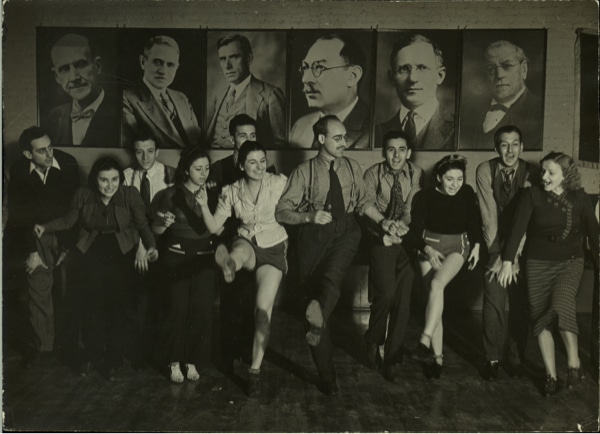
LIFE: Six Women Photographers has been organized by the New-York Historical Society.
Support for this exhibition at the Greenwich Historical Society has been generously provided by Josie Merck
and annual donors to the Greenwich Historic Trust.
This exhibition has been generously supported by Joyce B. Cowin, with additional support from
Sara Lee Schupf, Jerry Speyer, Robert A. M. Stern and Northern Trust.

Media Partner


